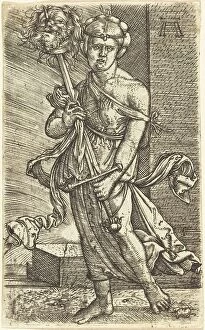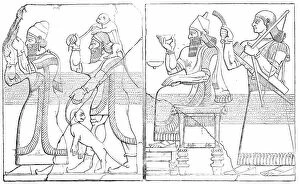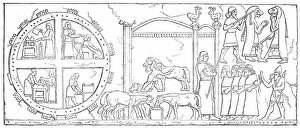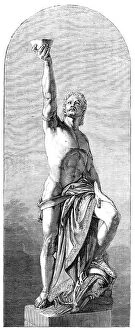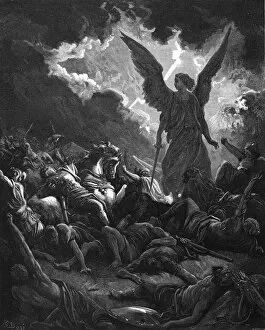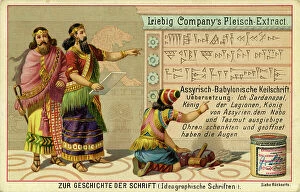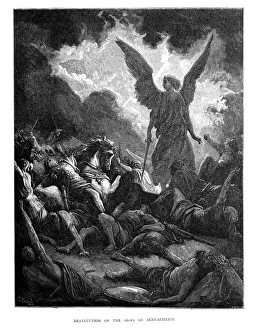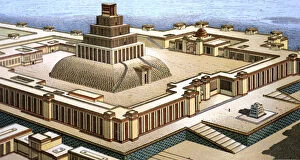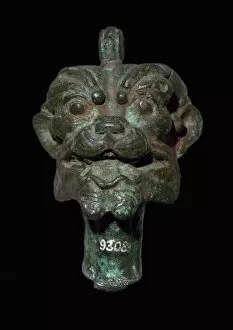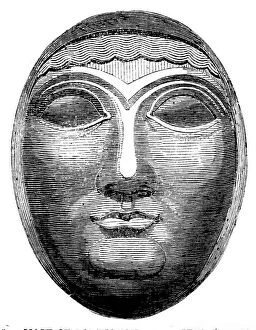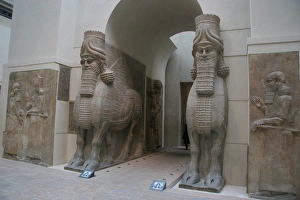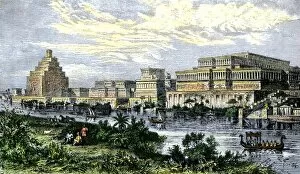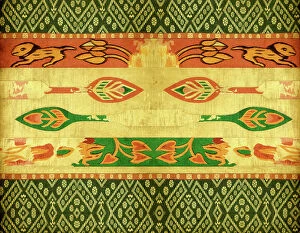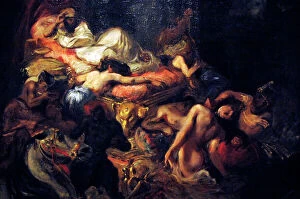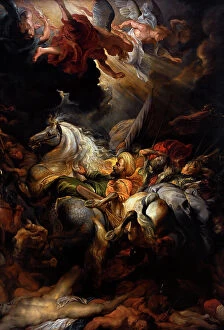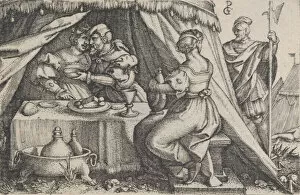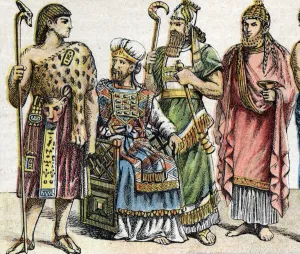Assyrian Collection (page 2)
The Assyrians, an ancient civilization of Mesopotamia, were known for their grandeur and power
All Professionally Made to Order for Quick Shipping
The Assyrians, an ancient civilization of Mesopotamia, were known for their grandeur and power. With the mighty Assyrian king in his chariot leading the way, they conquered vast territories and established a formidable empire. The Winged Assyrian Bull, a symbol of strength and protection, guarded the entrance to their cities like the magnificent Ishtar Gate. Their artistic prowess is evident in the intricate Babylonian wall tiles that adorned their palaces and temples. These beautifully crafted tiles depicted scenes such as the thrilling Assyrian Lion Hunt or even historical events like The Fall of Babylon by John Martin. As we explore this rich history, we come across fascinating aspects like Ancient Assyrian Costume – garments that reflected their culture and identity. Maps from centuries ago reveal how they believed Eden and Mount Ararat were part of their lands. However, it was not just glory for the Assyrians; they faced challenges too. The Medes of ancient times posed a threat to their dominance but couldn't extinguish their spirit entirely. Today, remnants of this once-mighty civilization can be found in archaeological sites scattered across modern-day Iraq. These artifacts serve as reminders of an era when the Assyrians reigned supreme – leaving behind a legacy that continues to captivate us with its splendor and intrigue.




